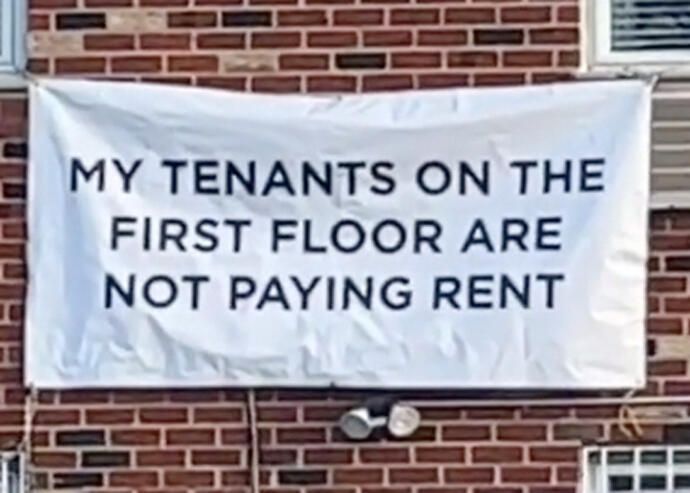



When a joint tenancy involves one tenant leaving while the other remains, it is essential to properly handle the transition to ensure legal compliance and financial clarity. Whether you are a tenant, landlord, or letting agent, understanding the correct steps can help avoid disputes and ensure a smooth tenancy adjustment.
Review the Tenancy Agreement – Check whether the tenancy is joint or individual, and understand the notice period and exit terms.
Notify the Landlord or Letting Agent – The departing tenant must provide formal written notice, while the remaining tenant should confirm their intention to stay.
Clarify Rent & Deposit Adjustments – Decide how to return or transfer the leaving tenant’s deposit and ensure rent responsibility is reassigned.
Update the Tenancy Agreement – The landlord may require a new contract, a deed of assignment, or a replacement tenant.
Check Affordability & Guarantor Requirements – The staying tenant may need a new affordability check or a guarantor if income alone does not meet the rental criteria.
Utility Bills & Responsibilities – The leaving tenant should ensure name removal from utility accounts and any shared expenses.
Check whether the agreement is a joint tenancy (both tenants are equally responsible) or separate individual contracts.
If the tenancy is joint, the departing tenant is still legally responsible for rent unless an agreement is made to transfer obligations.
The leaving tenant should submit written notice to formally communicate their departure.
The staying tenant must confirm their intent to remain, ensuring rent payments remain uninterrupted.
If a joint deposit was paid, the leaving tenant should arrange for the remaining tenant to reimburse their share.
If the deposit is registered with a scheme, the landlord may need to update or re-register it under the revised tenancy agreement.
The landlord may:
Draft a new tenancy agreement for the remaining tenant.
Use a deed of assignment to legally transfer responsibility.
Request a replacement tenant to maintain the original agreement.
The landlord may conduct a new affordability check on the remaining tenant.
If the tenant’s income does not meet affordability criteria, a guarantor may be required.
If no replacement tenant is found, the rent amount may be renegotiated.
The leaving tenant should ensure their name is removed from utility bills, broadband, and council tax.
The staying tenant should update account details to prevent service disruptions.
At Fraser Bond, we provide expert property management solutions to facilitate tenant transitions, lease adjustments, and landlord-tenant negotiations:
Lease Amendment & Legal Guidance – Assistance in drafting new tenancy agreements or assignment documents.
Deposit & Rent Management – Ensuring a smooth financial transition for all parties involved.
Tenant Sourcing & Replacement – Finding suitable tenants quickly if a replacement is required.
Ongoing Property Management – Handling utility transfers, maintenance, and compliance requirements.
When one tenant leaves while another stays, clear communication, financial planning, and legal updates are essential to maintaining a smooth tenancy. Whether you are a landlord needing contract adjustments or a tenant managing a transition, Fraser Bond provides expert guidance to ensure a hassle-free process. Contact us today for tailored property solutions.